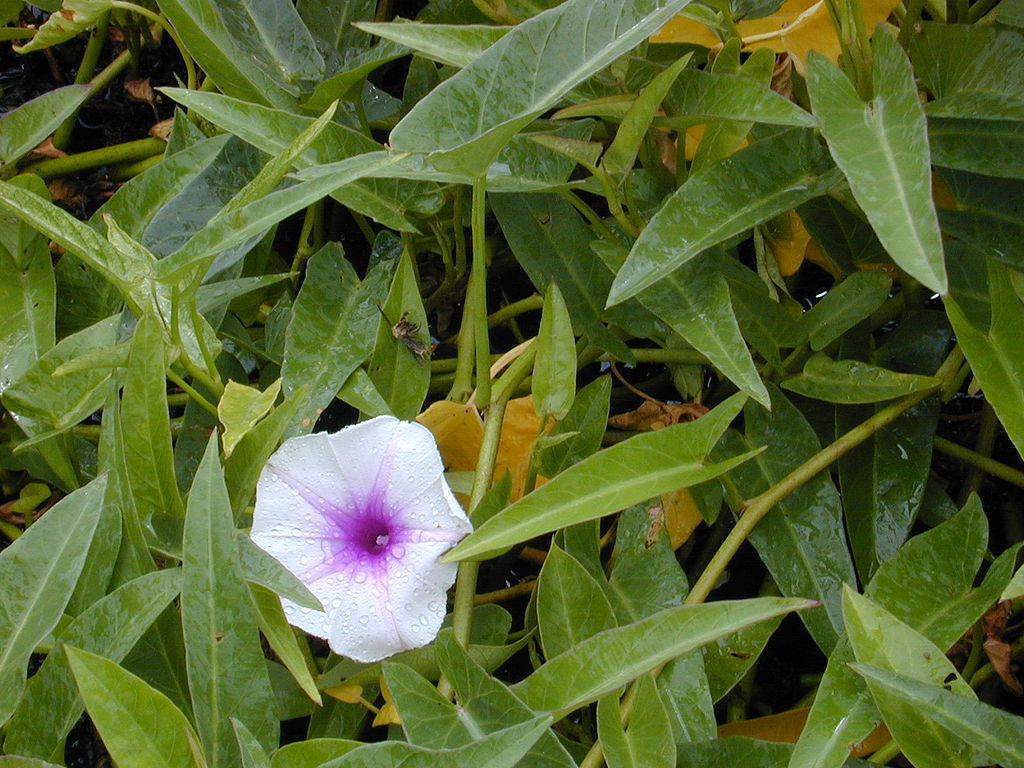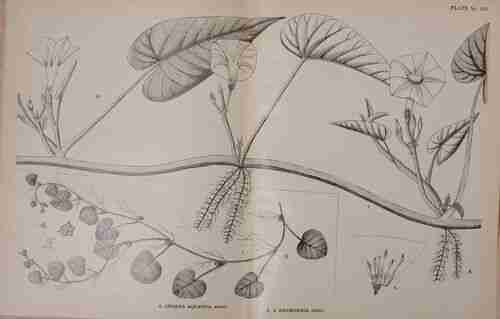! Nouveau site ici !
Vita > Plantae > Magnoliophyta > Magnoliopsida > Solanales >
Convolvulaceae > Ipomoea
Ipomoea aquatica
(Ipomée aquatique)


 | ****
| ****
Vita > Plantae > Magnoliophyta > Magnoliopsida > Solanales >
Convolvulaceae > Ipomoea
Ipomoea aquatica
(Ipomée aquatique)

zone 8 selon b et t?
Kangkong est une patate douce rampante comme une plante. Il a des tiges creuses et peut flotter sur l'eau. Les feuilles sont vertes et ne sont normalement pas divisées comme certaines feuilles de patate douce,... (traduction automatique)
→suite
⬀
Le  donne accès au menu
donne accès au menu (c'est votre point de repère) 😊 ;
En dessous vous avez la classification, à partir de la vie (Vita, premier rang) jusqu'à la classe au dessus de la plante, dont vous trouvez ensuite le nom scientifique/botanique (latin) puis le nom commun (français), le cas échéant ;
C'est aussi un lien vers la fiche complète (tout comme la ✖, en bas à droite, et le +, en dessous de la description) ;
Vient alors l'illustration (ou ce qui la remplace, en attendant), la comestibilité :
Et en bas
⬂





